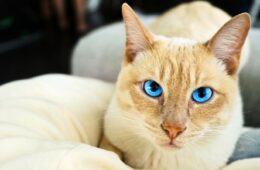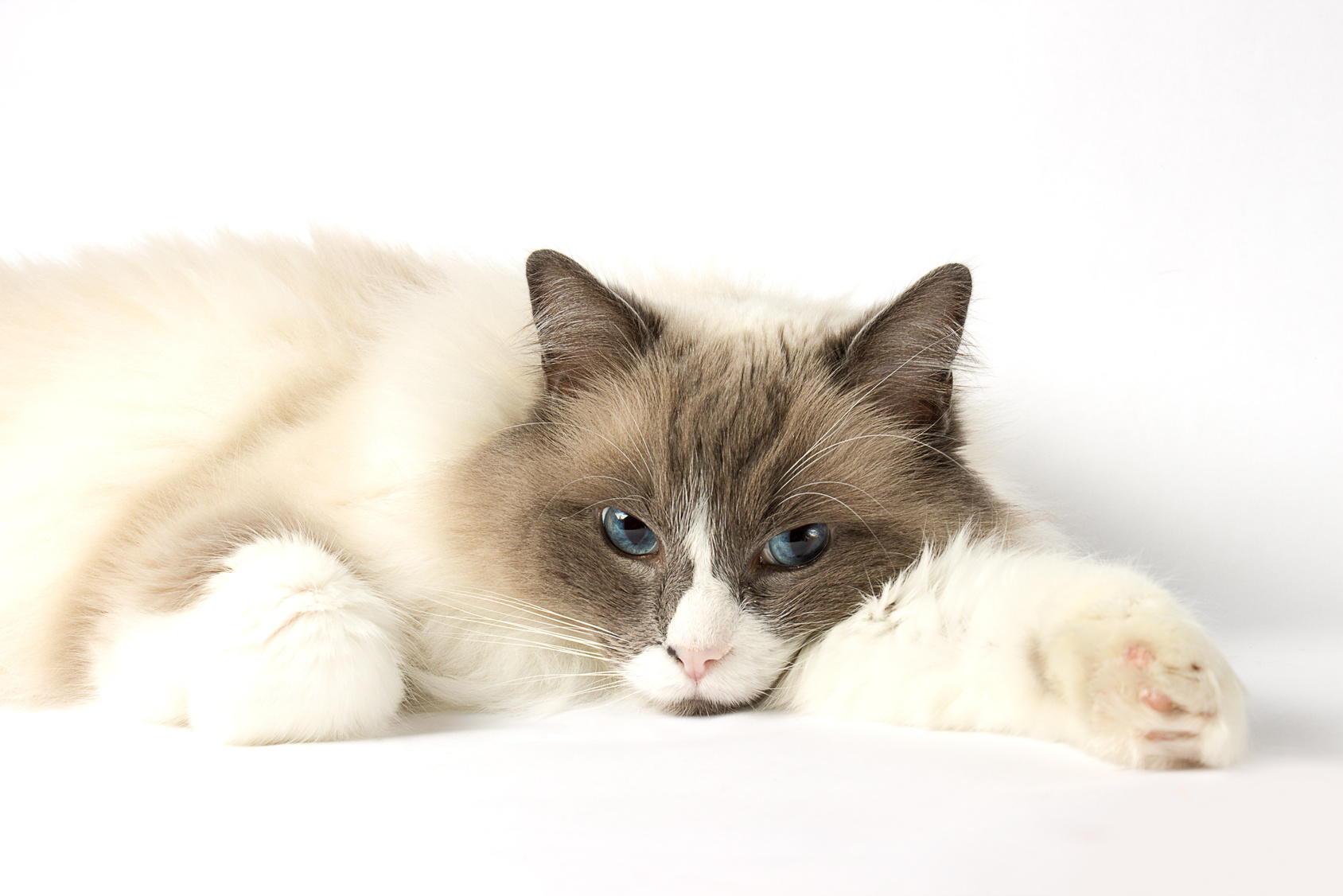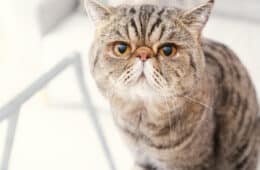Join us to explore the world of Burmese cats - an exquisite breed with ancient origins and contemporary appeal. In this article, we will tell the story behind the Burmese breed, from its historical roots in the Far East to its development in modern breeding programs.
As you learn about the vibrant characteristics and social nature of these cats, you'll also discover the distinctive care needs that set them apart. Get ready, because once you look into a Burmese cat's eyes, you might just find yourself wanting more than one!
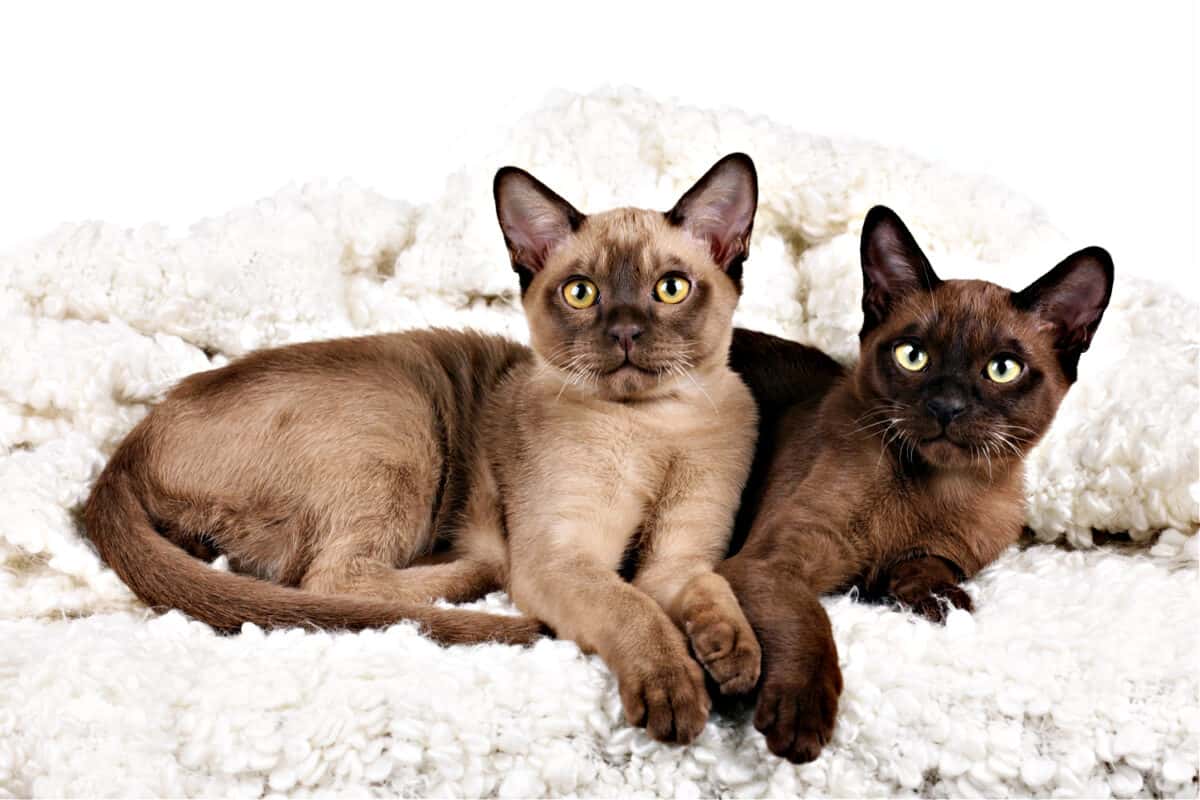
Meeting The Burmese Cat Breed
An ancient breed developed within modern breeding programs, the Burmese is considered to be one of the most beautiful breeds originating in the Far East.
The Blend of Old and New
Burmese cats boast an ancient lineage. Yet, it's in recent times that breeders have honed their unique charm. Their development within modern breeding programs has polished their appeal.
The resulting Burmese cat is a nod to the past while embracing the possibilities of the present.
Aesthetic Excellence from the Far East
Beauty is one of the key features of Burmese cats. These cats take root in the Far East, a region renowned for its stunning breeds.
Amid the diversity, the Burmese shines with its own distinct appeal. Its aesthetic perfection earns its recognition as one of the most captivating breeds from its region.
In the world of cats, the Burmese hold a unique place. It captivates with its timeless charm and modern appeal. As we dive deeper into this breed, you'll find that their beauty is more than just fur-deep.
Burmese Cats: History and Recognition
The American Introduction
The Burmese cat, originally hailing from Burma, made its grand entrance into the United States in the 1930s. It was Dr. Joseph Cheesman Thompson who recognized the unique potential of the breed. Thompson's role was instrumental in establishing the Burmese breed in America.
He brought Wong Mau, a walnut-brown female, to San Francisco in 1930. He believed her build was significantly distinct from the Siamese, marking her as a separate breed altogether.
Developing the Burmese Breed
Thompson didn't stop at just importing Wong Mau; he aimed to nurture a whole new breed. He bred Wong Mau with Tai Mau, a seal point Siamese.
To bolster the Burmese line, Wong Mau was later bred with her son. This led to the birth of dark brown kittens, marking the foundation of a unique and distinguished strain of Burmese cats.
Official Recognition
The Cat Fanciers' Association (CFA) recognized the Burmese breed's distinctness in 1936. The breed's recognition was momentarily disrupted when the Burmese's original type got overwhelmed due to extensive outcrossing with Siamese cats. The suspension lasted for a decade.
However, American breeders' persistent efforts to refine and maintain the Burmese standard eventually paid off. The CFA lifted the suspension permanently in 1954.
Four years later, in 1958, the United Burmese Cat Fanciers (UBCF) set the American judging standard for the breed, which has remained essentially unchanged ever since.
Colors recognized by the Cat Fancier’s Association are sable, champagne, blue, and platinum. The fur is like satin.
SIGN UP FOR THECATSITE'S EMAIL UPDATES >
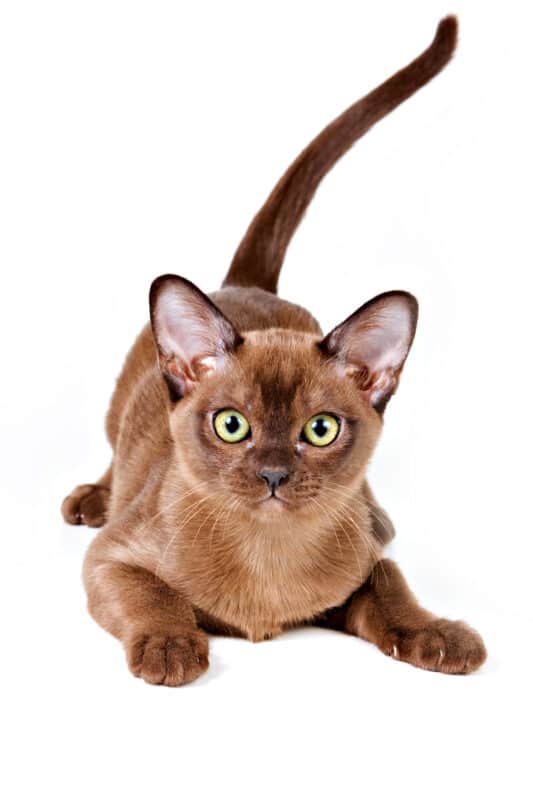
Burmese Cats: A People-oriented Breed with Playful Energy
Temperament Of Burmese Cats
Burmese cats are known for their engaging personalities and persistent energy that extends well into their adult years. Unlike some other breeds, the Burmese don't just tolerate humans for their comfort but form strong bonds and display a dog-like attachment to their owners.
These energetic creatures love participating in human activities, often learning games like 'fetch' and 'tag'. As you might expect from their active nature, Burmese cats are quite vocal. Their voices, reminiscent of their Siamese ancestry, are however softer and sweeter, adding to their endearing persona.
Social and Active Companions
Burmese cats thrive in the company of others, enjoying the presence of children and dogs alike. With an almost magnetic pull towards social gatherings, these cats prefer to be in the middle of things rather than being left alone. When left alone for extended periods, they yearn for the companionship of another pet to keep them company.
Engaging in interactive games and learning new skills is a favorite pastime for Burmese cats, keeping them lively and active throughout their adulthood. Don't be fooled by their average size; these sturdy cats can surprise you with their weight, especially when they decide to land on your lap unannounced.
Helpers Around the House
Burmese cats love to be with their people and are always ready to "help" with your chores. Expect an inquisitive companion as you read the newspaper, or an enthusiastic assistant as you organize your countertops. It's all part of the joy of sharing your life with a Burmese cat.
The Appearance and Coat Color of Burmese Cats
Diverse Standards of Beauty
The standards for Burmese cats differ mainly in body and head shape. The British standard leans towards a more slender cat with a wedge-shaped head, large pointed ears, a long tapering muzzle, and moderately almond-shaped eyes. This version of the breed also has long legs and neat oval paws. The tail is medium in length and tapers.
On the other hand, the American Burmese is noticeably stockier, with a broader head, round eyes, and a distinctively shorter, flattened muzzle. This version's ears are wider at the base, and the legs and tail are proportionate to the body, resulting in an overall rounded silhouette.
Both standards agree that Burmese cats are a small to medium size breed, typically weighing 9–13 lbs. Despite their size, these cats are muscular and should feel heavy for their size when held - often described as "a brick wrapped in silk."
Uniquely Glossy Coat
The Burmese cat's coat is an integral part of its appeal. It should be very short, fine, and glossy, giving a satin-like finish. The color should be solid and uniform across the body, gradually shading to lighter underparts.
Faint colorpoint markings may be visible, but any barring or spotting is considered a serious fault. The eyes can range from green to gold depending on the coat color.
The breed's original standard color is a distinctively rich dark brown, known as sable in the USA, brown in the UK and Australia, and seal in New Zealand.
This color is the result of the Burmese gene that causes a reduction in the amount of pigment produced, converting black into brown and making all other colors likewise paler.
Special Care Issues
Burmese are, without question, indoor cats. They look to their people for survival skills and have few of their own. Grooming is easy—pet them a lot, clip nails as needed, and check teeth for possible gingivitis They are generally long-lived and should celebrate birthdays into the late teen years.
Closing Thoughts: Burmese Cats
Having embarked on this exploratory journey into the world of Burmese cats, we've covered a vast spectrum – from their ancient origins to their delightful temperaments, and their distinctive physical traits.
A breed that beautifully marries old-world charm with modern appeal, the Burmese cat continues to captivate cat lovers across the globe.
Be warned—looking directly into the eyes of a Burmese is dangerous—you will find yourself deciding one Burmese is not enough!
SIGN UP FOR THECATSITE'S EMAIL UPDATES >
Comments? Leave them using the comment section below. Questions? Please use the cat forums for those!
Note: We may get commissions for purchases made through links on this page.

